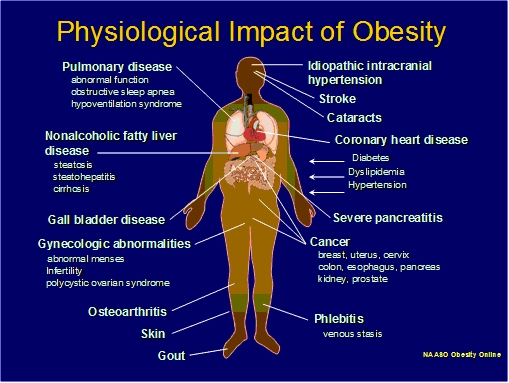Americans have long been warned that higher health insurance and life insurance premiums are just one of the financial consequences that come with obesity and the chronic medical conditions it is associated with. For the first time however, a new report is illustrating just how significant those financial burdens can be.
According to the George Washington University Medical School, individuals as well as their employers share the financial burdens of obesity in the form of absenteeism, lost productivity and direct medical costs.
However, the report considered a number of other financial factors, ranging from high life insurance premiums to extra costs for clothing and even airline seats.
This is becoming an increasingly significant issue because more than 60 percent of the U.S. population is already considered either overweight or obese. And by 2030, the medical school predicts that 50 percent of the U.S. population will be obese.
The report added that medical costs represent far more than half of the financial burdens facing both men and women who are obese. Those who are obese reportedly face added financial costs of $8,365 for women and $6,518 for men.













